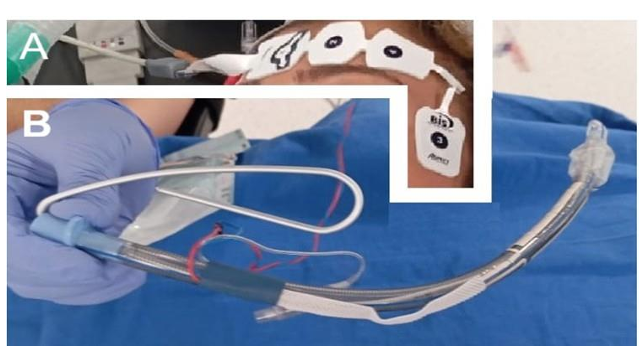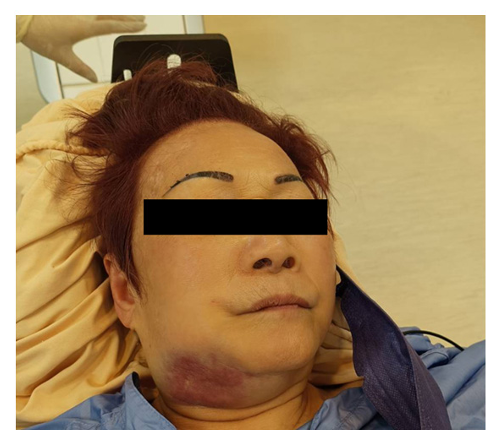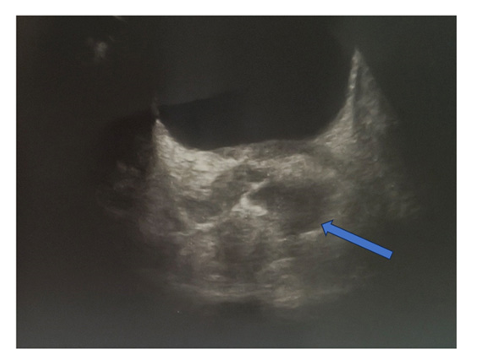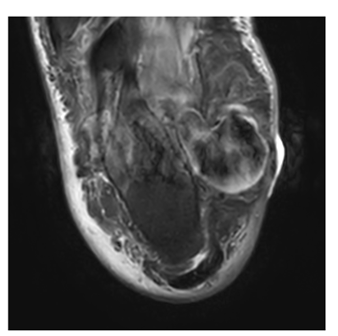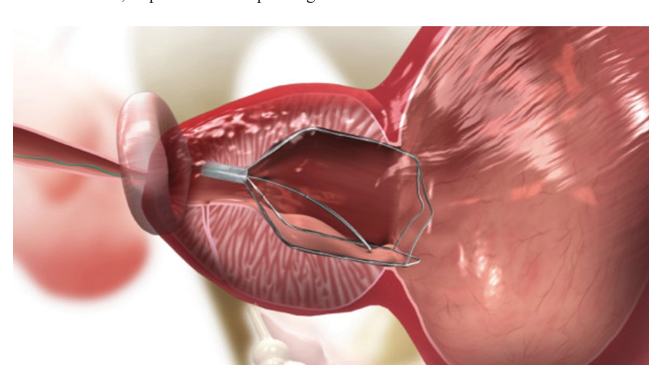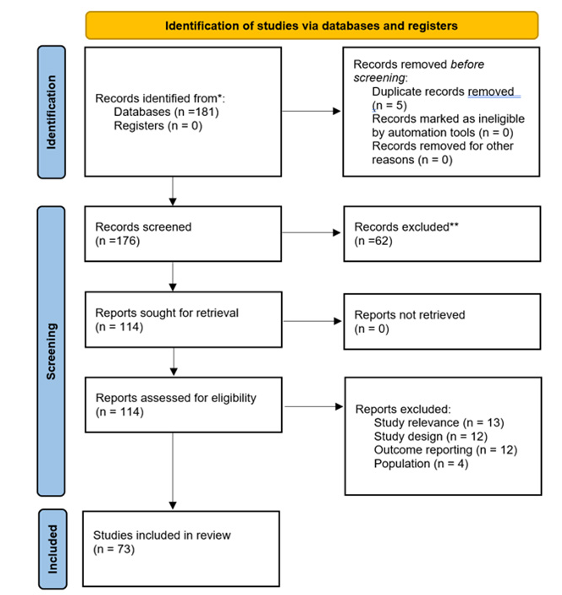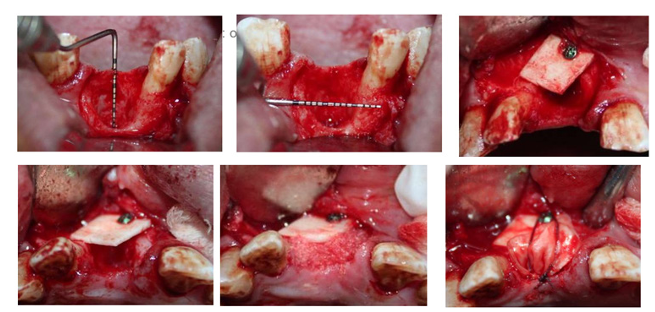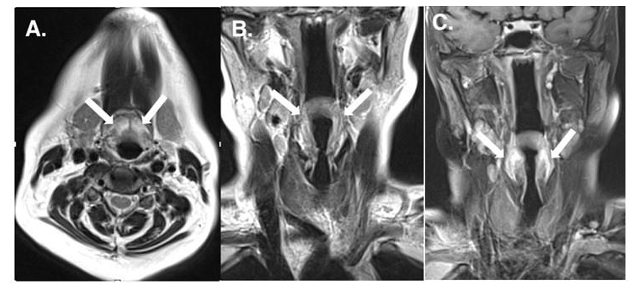1. Letter to Editor
This is the letter from the patient and his family I found while moving the house and going through all the stuff. Not only my paper, but also papers of my beloved partner.
1. Summary
Stomach cancer, also called gastric cancer, begins when cells in the stomach start to grow out of control. A tumor can be cancerous or benign. A cancerous tumor is malignant, meaning it can grow and spread to other parts of the body.
1. Abstract
Schistosomiasis, also implied by Bilharzia is a parasitic infection, caused by worms. It has been reported that most human infectious worms are “Schistosoma mansoni, S. haematobium, and S. japonicum “, as they mainly depend on human blood for their nourishment.
1. Abstract
1.1. Introduction: managers play an important role in guaranteeing that firms operate efficiently and reach their goals. Hospital managers are no different, regardless of whether the hospital is a for-profit or a nonprofit organization. In western countries in the past, hospitals were routinely led by doctors.
1. Summary
Distal esophageal carcinoma is in most cases adenocarcinoma, very rarely cases with metaplasia, many times with spreading into cardia of stomach.
1. Summary
A foreign body [FB, from the Latin corpus alienum] refers to any object that was originated outside the body. Most of the references to FB involve their entrance through natural orifices into hollow organs, thus one of the most common locations for a FB is the digestive tract.
1. Statement of the Problem
At the present stage of creating new generation materials and devices, the task is not only to control their properties but also to use them effectively in various fields, including medicine. The purpose of the article is to develop and use in practice, for example, forensic examination, an effective non-destructive method that allows analyzing the structure of liquids, in particular, blood serum.
1. Abstract
1.1. Background: Sickle cell diseases (SCD) are severe inflammatory processes mainly on capillaries as the main distributors of hardened red blood cells (RBC) into the tissues. Moderate and severe coronavirus disease (COVID-19) may also be a genetically determined exaggerated inflammatory process on capillary endothelium all over the body terminating with high mortality rates in some families.
1. Abstract
Prune Belly Syndrome (PBS) is a rare congenital disorder characterized by a triad of urinary tract dilatation, abdominal wall musculature deficiency and bilateral cryptorchidism. Here, we present a case report of a 31-year-old woman referred to our department for ultrasound examination at 22 weeks and 2 days of gestation due to fetal bladder dilation.
1.
Clinical Case Report
A 39-year-old female woman with no previous history presented at 19 weeks of pregnancy for a routine fetal ultrasound. It was her third pregnancy with no notable event so far. No particular familial or personal medical history was revealed. The biometry corresponded to a term of 19 weeks and 4 days gestational age of a male fetus with no major malformation except a cervical cystic mass that was discovered near the floor of the mouth.
ACMCR Archive
Articles Published
All articles are fully peer reviewed free to access and easy to download from our Site.
Why ACMCR?
- Highly Indexed Journals
- Fast Peer-Review System
- Reprints Issued Across the World
- Timely Submission for Indexing
- Collaboration with Research Institutions
- Reprints issued accross the world
- Diverse Subject Coverage
- DOI Assignment for Every Article
- Strict Ethical Guidelines
Digital Object Identifier

Content Registration at Crossref and DOI assignment for all published articles

